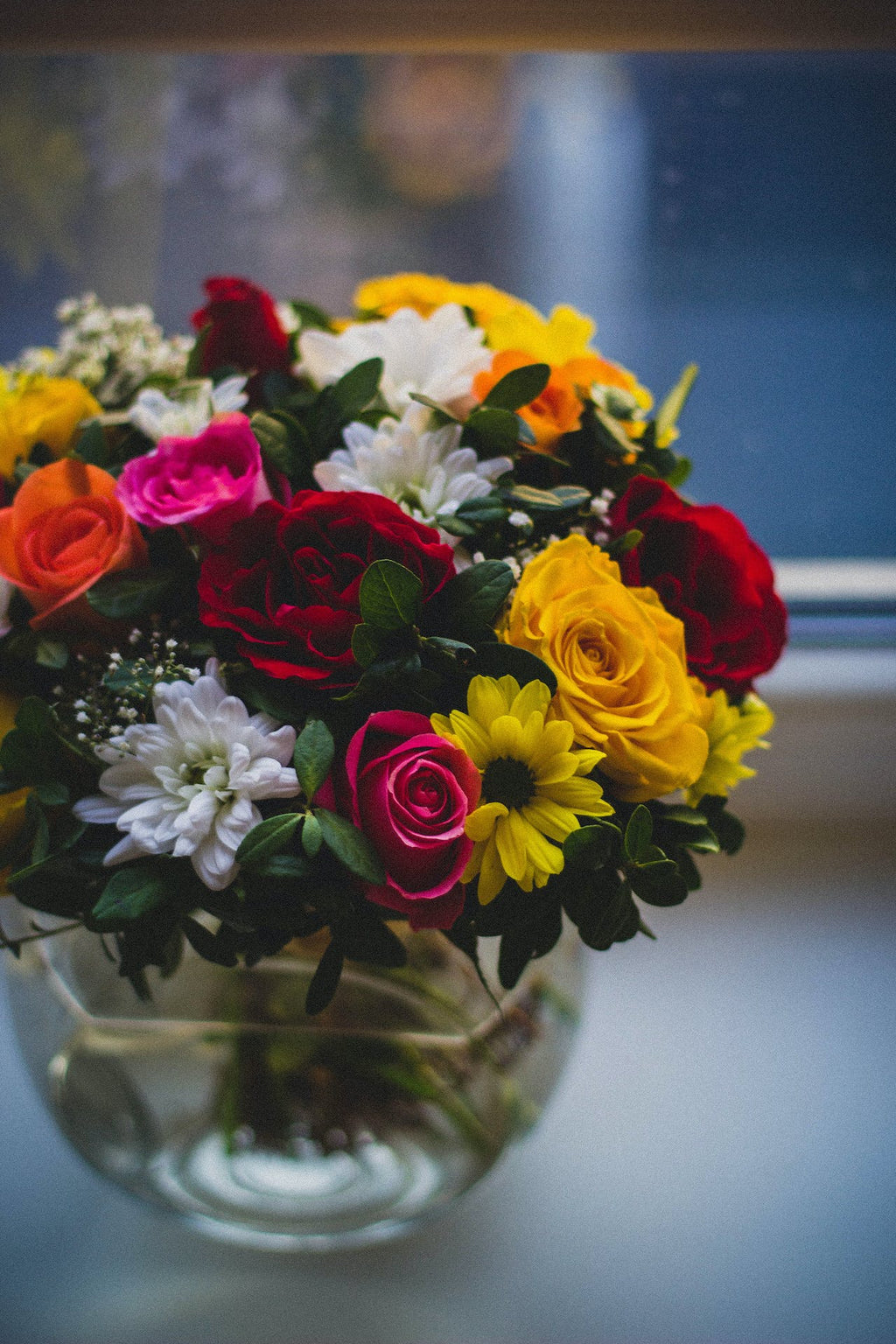Flowers have been used for centuries to convey messages and emotions. The colors of flowers, in particular, have deep symbolism and can communicate a wide range of feelings. Whether you're choosing flowers for a special occasion or simply want to understand the meaning behind the blooms in your garden, this guide will help you decode the symbolism behind different flower colors.
What does red symbolize?
Red is a color that is often associated with passion, love, and desire. It symbolizes strong emotions and is commonly used to express romantic love. Red flowers, such as roses, tulips, and carnations, are popular choices for Valentine's Day and anniversaries. Like red? Check out our Juliette Bouquet.
What does pink symbolize?
Pink is a color that represents sweetness, gentleness, and femininity. It is often associated with love, gratitude, and admiration. Pink flowers, such as peonies, cherry blossoms, and lilies, are commonly given as a symbol of affection and appreciation. Want pink? You may like our classic pink rose bouquet.
What does yellow symbolize?
Yellow is a color that is often associated with happiness, joy, and friendship. It symbolizes positivity and optimism. Yellow flowers, such as sunflowers, daisies, and tulips, are a great choice to brighten someone's day or to express friendship. Looking for yellow, take a look at our Dawn Bouquet.
What does orange symbolize?
Orange is a color that represents enthusiasm, energy, and warmth. It symbolizes excitement and adventure. Orange flowers, such as marigolds, gerbera daisies, and lilies, are a vibrant choice to convey a sense of enthusiasm and passion. Indulge in your love of orange with our signature Flowerbee bouquet
What does purple symbolize?
Purple is a color that is often associated with royalty, luxury, and spirituality. It symbolizes creativity and wisdom. Purple flowers, such as lavender, orchids, and irises, are a beautiful choice to convey a sense of elegance and grace. Love purple, we think you'll love our Melody Flower Box.
What does white symbolize?
White is a color that represents purity, innocence, and spirituality. It symbolizes new beginnings and is often associated with weddings and funerals. White flowers, such as lilies, roses, and daisies, are a classic choice for expressing sympathy or celebrating a new chapter in life.
What does blue symbolize?
Blue is a color that is often associated with tranquility, serenity, and calmness. It symbolizes peace and harmony. Blue flowers, such as hydrangeas, delphiniums, and forget-me-nots, are a soothing choice to convey a sense of relaxation and serenity.
What does green symbolize?
Green is a color that represents nature, growth, and renewal. It symbolizes fertility and abundance. Green flowers, such as chrysanthemums, bells of Ireland, and orchids, are a refreshing choice to convey a sense of harmony and balance.
Understanding the symbolism behind different flower colors can add depth and meaning to your floral arrangements and gift-giving. Whether you're expressing love, gratitude, friendship, or sympathy, choosing the right color of flowers can help you convey your emotions in a thoughtful and meaningful way.



